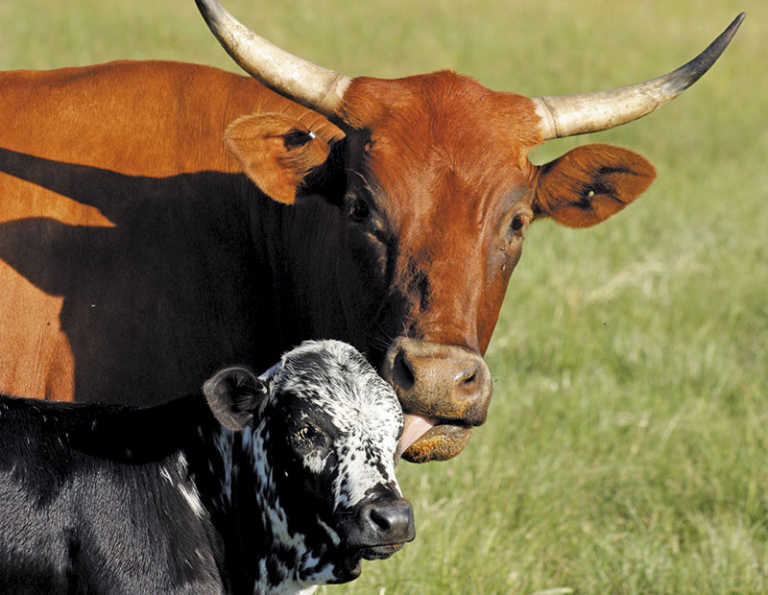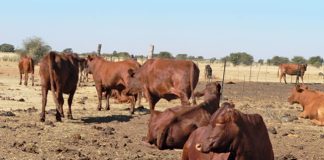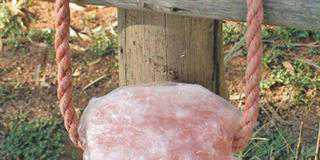
Photo: FW Archive
Timeous and effective weaning enables a cow to calve every year by allowing her sufficient time to regain her condition after weaning.
This, in turn, allows the farmer to produce as many calves as possible from his/ her breeding stock.
When to wean
The ideal weaning age of calves is between seven and eight months. Wean the calf before the cow’s condition score drops below 2,5.
During times of drought and poor feed supply, wean calves at a younger age (just before six months) to allow the cow to recover before winter starts.
In the eastern regions of SA, wean calves born during spring in early May, at the age of about seven to eight months. In western regions, wean calves born during spring in early June (also at seven to eight months), as the breeding season tends to be later in these regions. Calves should be weaned early only during times of severe drought or feed shortages, or else they will be slow growers and susceptible to disease.
Depending on the availability and cost of feed, the farmer must decide when to wean if the condition of a cow deteriorates rapidly, as a cow is more valuable than a very young calf.
How to wean
There are several weaning methods, and the method you use will depend on the conditions on your farm. Bear the following weaning methods in mind:
- Keep the calves in a kraal or well-fenced camp, and remove the cows to a distant camp, preferably one where the calves will not be able to hear the cows.
- Remove the cows temporarily from a camp, and then move the calves to a distant camp. Cows tend to look for their calves in the camp in which they were last seen, and this method should prevent the cows from breaking out of the camp.
- Exchange calves from two different herds. The calves will then still have the company of cows. Some cross-suckling may, however, occur.
- Separate the cows and calves by a strong, close- strand wire fence.
- Nose plates can be fitted to calves for seven to 14 days.
- These prevent suckling, even if cows and calves remain together throughout the weaning period.
- When the nose plates are removed, the cows and calves are separated with relatively little stress.
Other tips
- Castrate, dehorn and brand when calves are eight to 10 months old, but not immediately before weaning. This will ensure the stress associated with these operations does not add to that of weaning.
- Keep a few dry cows with the weaners to calm them.
- Provide sufficient good-quality roughage, water and shade in the weaning camps.
- To prevent excessive walking and trampling, ensure that the camps are not too large.
- The weaning process could last seven to 14 days, depending on the age at which the calves are weaned, as well as the breed of the cow.
Source: Department of Agriculture.
Watch how to dehorn cattle












